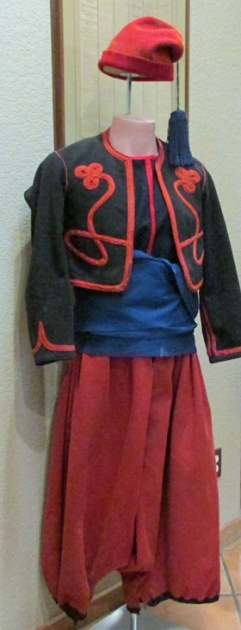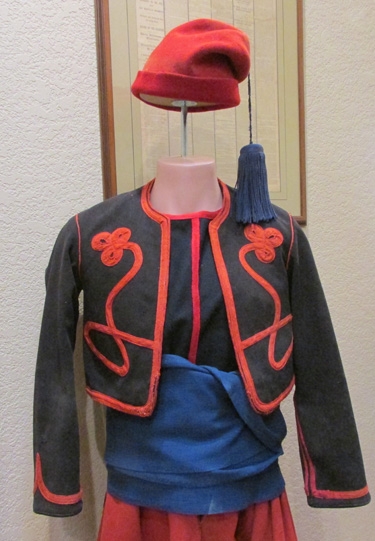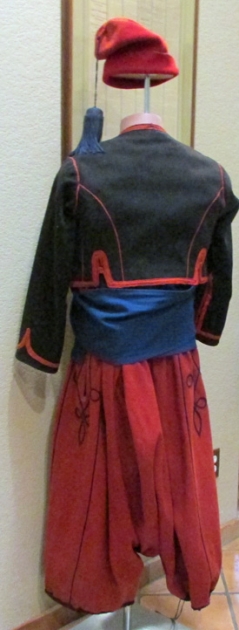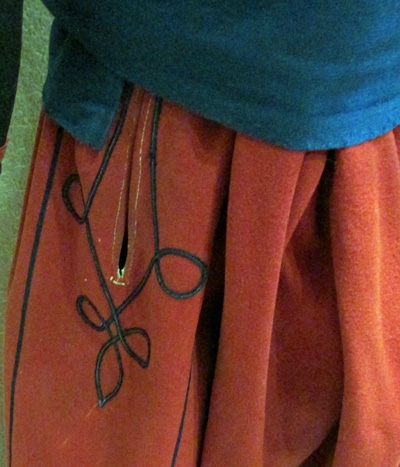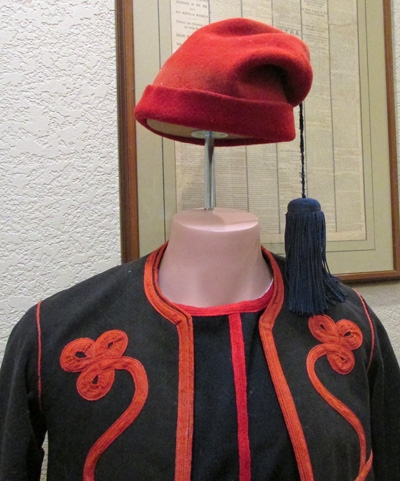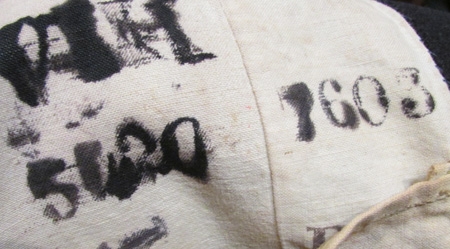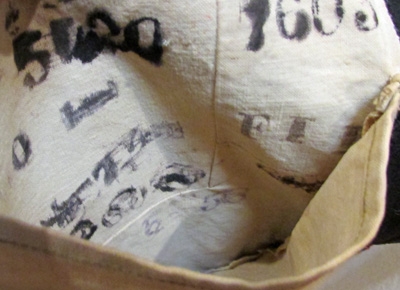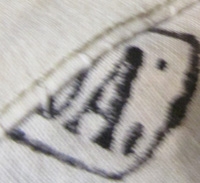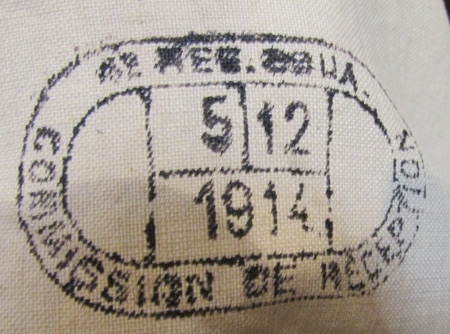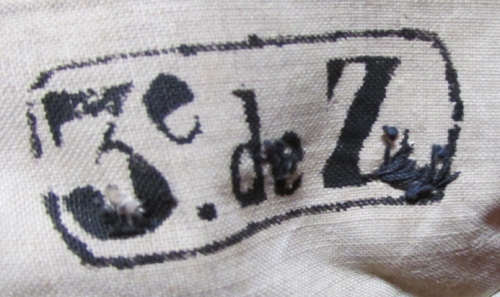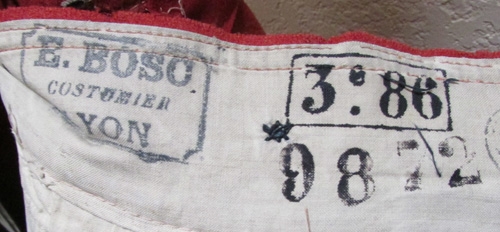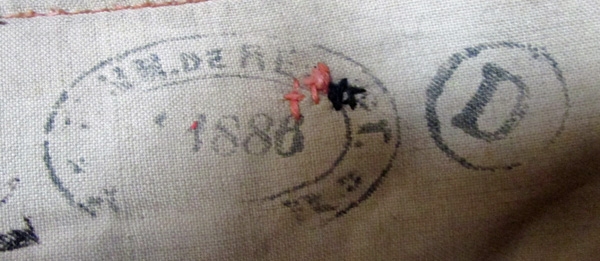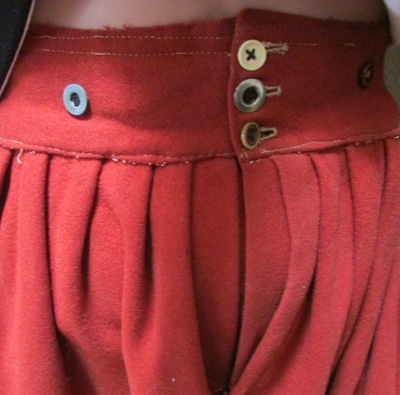French Pre WWI, Composite Zouave Uniform, 4th Regiment, Well Marked
This item is listed for historical interest only. It was listed on our site previously but has
been sold and is no longer available for purchase.
Sold for: $1195.00
French Pre WWI, Composite Zouave Uniform, 4th Regiment, Well Marked
This item is listed for historical interest only. It was listed on our site previously but has
been sold and is no longer available for purchase.
Sold for: $1195.00
 Original period manufacture. Certainly one of the more striking uniforms worn by the French army from the 1830's, to well into the early years of WWI. So popular was this style that during our Civil War, regiments were formed on both sides, which wore similarly inspired elaborate uniforms; 5th New York Infantry, Duryea's Zouaves for the North, and the Louisiana Tigers of the South to name only two. Our set consists of a mix of original and reproduction pieces added by the previous owner for display. The three most important pieces; jacket, trousers and fez are original, while the vest and waistband are new made. Issue dark blue wool jacket with a blue oval panel on each side, which denotes the 4th Regiment. Elaborate red wool trim decoration in the form of piping and cuff braid. White cotton drill lined interior with numerous issue stamps including a date of 1914. Red wool Fez with an NCO blue wool tassle. M1879 other ranks Zouave red wool pattern trousers with blue piping at the hips and cuffs. Inside the waistband are numerous issue markings including unit markings to the 3rd Regiment and a date of 1886. The vest or waistcoat is obviously newer, but of good quality and made in the proper pattern. The blue wool sash measures nearly 11 feet in length, is 9.5 inches wide, and is seamed on one side. Scattered minor mothing, typical for a uniform of this age, however nothing alarming. The jacket cuffs are non-functioning, and the center edge of the very full-cut trousers retains the famous "Lamoriciere's hole", supposedly used for draining water while fording rivers, however, a more practical use was likely found for the opening during service wear.
Original period manufacture. Certainly one of the more striking uniforms worn by the French army from the 1830's, to well into the early years of WWI. So popular was this style that during our Civil War, regiments were formed on both sides, which wore similarly inspired elaborate uniforms; 5th New York Infantry, Duryea's Zouaves for the North, and the Louisiana Tigers of the South to name only two. Our set consists of a mix of original and reproduction pieces added by the previous owner for display. The three most important pieces; jacket, trousers and fez are original, while the vest and waistband are new made. Issue dark blue wool jacket with a blue oval panel on each side, which denotes the 4th Regiment. Elaborate red wool trim decoration in the form of piping and cuff braid. White cotton drill lined interior with numerous issue stamps including a date of 1914. Red wool Fez with an NCO blue wool tassle. M1879 other ranks Zouave red wool pattern trousers with blue piping at the hips and cuffs. Inside the waistband are numerous issue markings including unit markings to the 3rd Regiment and a date of 1886. The vest or waistcoat is obviously newer, but of good quality and made in the proper pattern. The blue wool sash measures nearly 11 feet in length, is 9.5 inches wide, and is seamed on one side. Scattered minor mothing, typical for a uniform of this age, however nothing alarming. The jacket cuffs are non-functioning, and the center edge of the very full-cut trousers retains the famous "Lamoriciere's hole", supposedly used for draining water while fording rivers, however, a more practical use was likely found for the opening during service wear.
Photos of French Pre WWI, Composite Zouave Uniform, 4th Regiment, Well Marked
